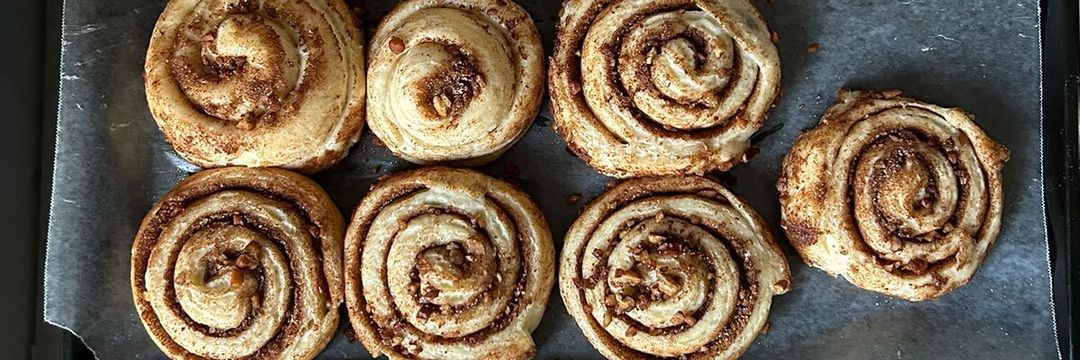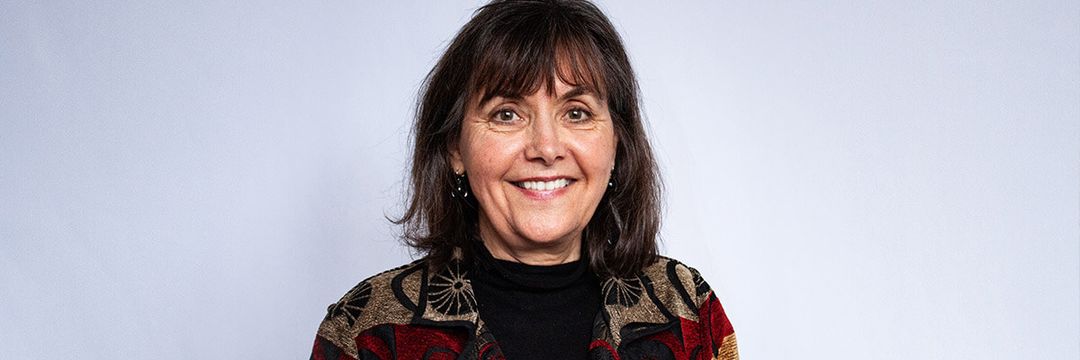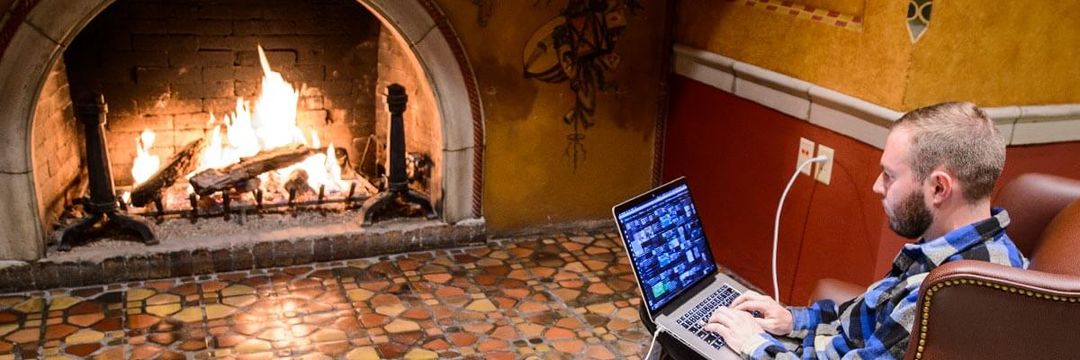Saraid Claxton ’15 has been thrifting since before it was cool and trendy. Back in middle school, she sought out secondhand Hollister clothing to fit in. Now, Claxton finds unique clothing at thrift stores to stand out. Her fashion sense and love of vintage style has led to a large following on Instagram and her blog, Sunset Saraid. Claxton was also featured in Vogue’s first Street Style Challenge in October 2020, and she curated a collection of retro glasses for ZenniOptical.com.
You might assume Claxton studied fashion or textiles at the UW. While she does have a certificate in art, she majored in biology. “I always like to have relaxing, creative stuff on top of the more analytical stuff that I do day to day.” Like Claxton, thrifting is both artistic and scientific. The hobby allows her to express her personal style while reusing and recycling items that would otherwise end up in landfills. Take Claxton’s advice if you want the win-win-win of a very fashionable closet that’s friendly to the environment and your wallet.
Create a thrift list.
Keep track of the types of items you’re looking for in your life. This set list shouldn’t stop you from buying that gem of a find in the corner, but it will keep you from buying something just because it’s cheap. If you buy items simply to buy something, it’ll likely clutter up your home until you find the time to donate it right back to the thrift store. “It’s all about intentionally thrifting and finding the pieces that work for you.”
Pinterest away.
Not sure how to wear that beautiful vintage blazer with the shoulder pads and crazy print? Create Pinterest boards of outfits you’d like to re-create. “Pinterest is a great resource for anyone experimenting with their personal style.” The boards will give you an idea of what pieces of clothing you’re looking for at the store, and how to pull it all together.
Know your measurements.
Clothing sizes often run big or small, and they can be particularly misleading with vintage items. If there are no fitting rooms available, you can save yourself any return trips by bringing a tape measure and knowing your measurements. This is particularly helpful for online thrifting since you won’t be able to gauge sizes accurately without comparing your measurements to those listed in the item’s description.
It’s all about the hunt.
While many thrifters have their favorite stores, there are plenty of options for people who want to shop secondhand. Online stores include Etsy, Depop, eBay, and Poshmark. Or, if you prefer in-person shopping, St. Vincent de Paul and Goodwill stores are great, too. You may not find something to buy every time; be patient and you shall be rewarded. “The treasure hunt and finding these really unique pieces is great. It’s really exciting for me to find those pieces that someone has discarded that I can give a second life to.”
Be flexible.
You may not be able to find that exact thing that you saw on Pinterest, but you can always customize the unique items you find at your local thrift shop. “There are lots of YouTube videos, lots of TikToks to learn anything on a sewing machine.” You can easily turn a maxi into a mini, hem pants for a better fit, or replace buttons to get more use out of thrifted clothes.









